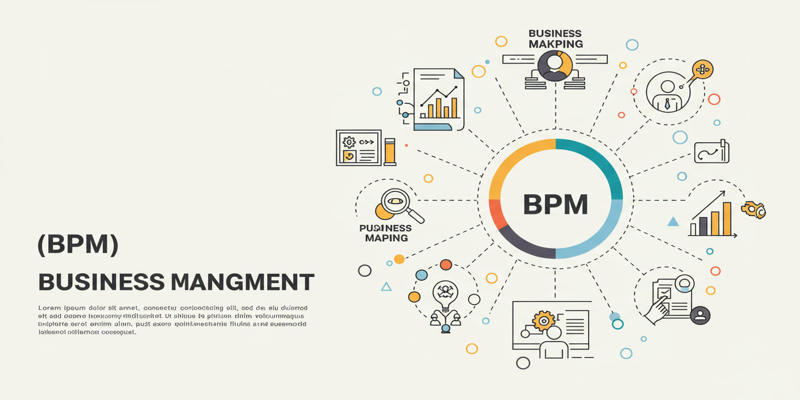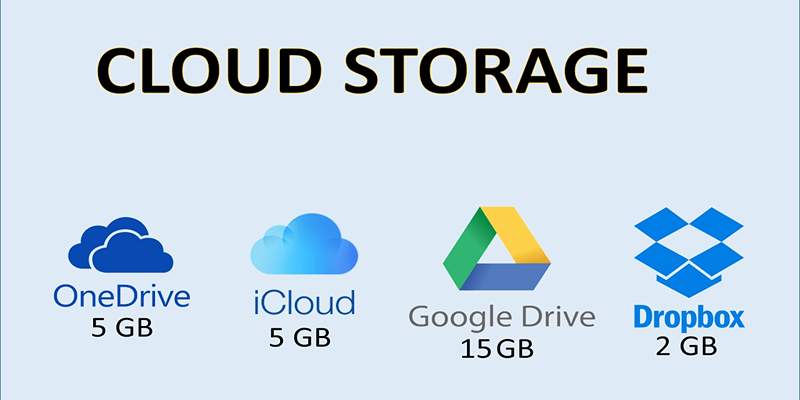What is Business Process Management? A Guide to BPM
Organizations in today's competitive market try to run their operations better and more cost-effectively while giving improved value to customers. The key strategy to attain these results is Business Process Management (BPM). BPM means something different from current work practices yet holds value for you. This article explains the essential parts of BPM, including its advantages, and how to put them into practice to make your business succeed.
What is Business Process Management (BPM)?
 Business Process Management is the method of planning, creating, monitoring, and improving organizational operations.
Business Process Management is the method of planning, creating, monitoring, and improving organizational operations.
Business Process Management helps organizations plan and control business procedures against their desired results. A business process represents all tasks someone does from start to end to produce a specific result, whether it involves an order management procedure or handling individual customer concerns.
BPM works as a continuous practice that monitors how processes remain best suited to reach company targets. It uses process improvement methods to connect technical solutions with automated systems for results.
Key Components of BPM
BPM depends on multiple elements that enhance business processes.
- Process Discovery helps companies identify and draw their present operations to see their process designs.
- Using flowcharts or BPM applications helps create better workflow arrangements.
- The new process design receives execution through technical solutions or workplace improvements.
- Following performance indicators helps us find areas where workflows slow down and processes need betterment.
- We optimize business processes to improve their performance and operation results.
Types of BPM
The BPM discipline serves three key purposes based on how a business organization uses its processes.
- Integration-Centric Business Process Management helps manage data connexions between different systems like CRM and ERP.
- BPM targets processes that depend on human participation including needed approvals and client service work.
- BPM optimizes document handling activities, especially document approvals and invoice management.
Why Should You Care About BPM?
BPM delivers benefits to businesses and large organizations regardless of size. Because of its valuable benefits, you should invest in BPM.
Benefits of BPM
Benefit | Description |
|---|---|
Improved Efficiency | Eliminates redundancies and streamlines workflows, saving time and resources. |
Cost Savings | Reduces operational costs by automating manual tasks and minimizing errors. |
Enhanced Productivity | Enables employees to focus on value-added tasks rather than repetitive ones. |
Better Customer Satisfaction | Optimized processes lead to faster service delivery and higher quality. |
Risk Management | Provides greater control over compliance and governance, reducing risks. |
Adaptability | Helps businesses respond quickly to market changes or disruptions. |
Real-World Applications
BPM is applicable across industries:
- It helps healthcare organizations simplify patient enrollment procedures and cut down administrative workloads.
- Retail organizations use BPM to manage their supply network better and monitor inventory for better sales control.
- The system helps finance organizations maintain legal standards and makes their transaction operations more productive.
How BPM Works
 Companies need to follow specific steps when they start using BPM to enhance their business processes. Here’s a step-by-step guide:
Companies need to follow specific steps when they start using BPM to enhance their business processes. Here’s a step-by-step guide:
Steps in Implementing BPM
- Search for problem areas during process evaluation and visualization.
- Match your process changes with organizational goals that focus on expense reduction, enhanced service quality, or expanded profits.
- Create standard work procedures by designing ideal business processes using flowcharts or BPM applications.
- Use modern technology to make mindless work operations automatic, including typing and approval processes.
- You should track cycle time and errors plus customer comments to measure process outcomes.
- Rephrase and improve your BPM practices through regular process reviews to keep performance levels high.
Technologies Supporting BPM
Current BPM utilizes modern technologies to increase business process control capabilities.
- Artificial Intelligence (AI): Enables predictive analytics and intelligent decision-making.
- ML technology works with complicated processes to recognize patterns that enhance performance.
- Cloud-Based Platforms: Provide scalability, flexibility, and collaboration capabilities.
- Users without technical expertise can now create BPM processes through simple no-code systems.
The Role of Technology in BPM
- Automation Tools: How BPM leverages tools like Robotic Process Automation (RPA) and Artificial Intelligence (AI) to streamline workflows.
- The tools help monitor operations and adjust them for maximum results at present.
- BPM software's needs for integration with older ERPs and CRMs shows both obstacles and good results.
- Technology lets BPM systems expand and change to meet organizational requirements better.
The Impact of BPM on Organizational Success
- Operational Excellence Comes From Better Business Process Design.
- Enhanced Decision-Making: Improved visibility into workflows for informed strategic decisions.
- Better customer service becomes quicker and more reliable because we make our operations simpler.
- Competitive Advantage: How BPM fosters agility, innovation, and adaptability in a dynamic market environment.
Challenges in Implementing BPM
Although BPM delivers important advantages, it presents specific difficult issues for users.
- Staff members may reject the introduction of novel working practices and systems.
- The processes at large organizations become hard to understand, requiring extensive process mapping activities for analysis.
- The capital required for setting up BPM tools plus staff training costs money at the beginning of implementation.
- Simple process automation does not resolve basic design problems, so it replicates existing mistakes.
Organizations need to teach their staff well through proper training while starting small and simple with their BPM efforts.
The Future of BPM
The future of BPM responds to industry changes that come with digital transformation.
- BPM tools enhanced by artificial intelligence will make better decisions and show proceBPM ss improvements as they happen.
- Low-code/No-Code tools simplify BPM tasks for all users and speed up project deployment.
- Our process improvements will enhance how customers deal with our services through better delivery and faster responses.
- By using technology, companies can keep regulations in place and make their operations more environmentally friendly.
Conclusion
Business Process Management lets organizations find the best ways to run their operations more effectively while lowering costs and offering better products to their customers. Organizations that learn the BPM approach and use its strategies achieve better operational results and maintain flexibility. BPM helps small and large organizations work better by simplifying operations for continuous growth. Effective organizations today need to adopt fast BPM practices because it is no longer an option but essential for survival.
On this page
What is Business Process Management (BPM)? Key Components of BPM Types of BPM Why Should You Care About BPM? Benefits of BPM Real-World Applications How BPM Works Steps in Implementing BPM Technologies Supporting BPM The Role of Technology in BPM The Impact of BPM on Organizational Success Challenges in Implementing BPM The Future of BPM ConclusionRelated Articles

Top MPG to MP4 Converters for Effortless Video Conversion

How to Move the Dock on Your Mac to a Second Monitor: A Step-by-Step Guide

Troubleshooting Cloud Storage Sync Errors: A Step-by-Step Guide

How to Convert HEIC to JPEG Online Without Extra Apps or Programs

Usability Testing Simplified: 8 Must-Have Tools for 2025

Which Are The Top AI Art Generators to Unleash Your Creativity in 2025

Convert DOCX to TXT Files in Batches Online with No Downloads

How to Convert MPEG to WAV: A Step-By-Step Guide

How to Add Leads to LeadConnector from a Webhook: A Step-by-Step Guide

Which Are The 8 Best Database-Powered App Builders for Seamless Development

Whitelisting Guide: Allow Safe Websites Blocked by Antivirus

 knacksnews
knacksnews